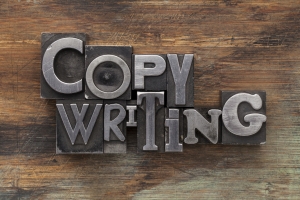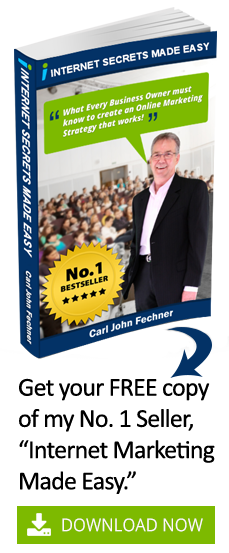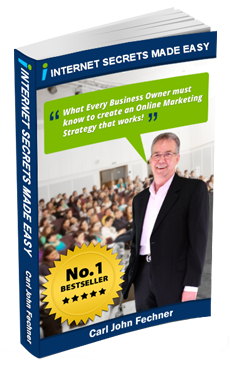 We’ve seen that the purpose of each element of copy is designed to get the first sentence read, and from there keep the reader engaged step by step to the conclusion.We know to keep things clear, concise and simple so that our writing communicates with ease.
We’ve seen that the purpose of each element of copy is designed to get the first sentence read, and from there keep the reader engaged step by step to the conclusion.We know to keep things clear, concise and simple so that our writing communicates with ease.
And we definitely understand the make-or-break importance of an attention-grabbing headline.
So … how do we then structure our content to be persuasive?
Good content structure is never written in stone, but persuasive copy will do certain things and contain certain elements time and time again. Whether you’re writing a sales page, long blog post or promotional ebook, the flow will
determine effectiveness.
Here are some guidelines:
- First of all, focus on the reader – make an important promise early on (with your headline and opening paragraphs) that tells the reader what’s in it for her. Never allow readers to question why they are bothering to
pay attention. - Each separate part of your narrative should have a main idea (something compelling) and a main purpose (to rile up the reader, to counter an opposing view, etc) that supports your bigger point and promise. Don’t digress, and don’t ramble. Stay laser focused.
- Be ultra-specific in your assertions, and always make sure to give “reasons why.” General statements that are unsupported by specific facts cause a reader’s BS detector to go on high alert.
- Demonstrate large amounts of credibility, using statistics, expert references and testimonials as appropriate. You must be authoritative – if you’re not an existing expert on a subject, you had better have done
your research. - After building your credibility and authority, make sure you get back to the most important person around – the reader. What’s STILL in it for him? Restate the hook and the promise that got readers engaged in the
first place. - Make an offer. Whether you’re selling a product or selling an idea, you’ve got to explicitly present it for acceptance by the reader. Be bold and firm when you present your offer, and relieve the reader’s risk of acceptance by standing behind what you say.
- Sum everything up, returning full circle to your original promise and demonstrate how you’ve fulfilled it.
- These are some of the key elements of persuasive copy. Use them to provide a “roadmap” to your writing, and you’ll achieve better results.
Now that you know the basics of creating persuasive copy, let’s dig into one particular element of copywriting that often trips up beginners tomorrow- features and benefits.
ARTICLE SOURCE: This content is syndicated news that can be used for your research, and we hope that it can help
your productivity. This content is for educational purposes and is not made for any kind of commercial purposes of
this blog.




